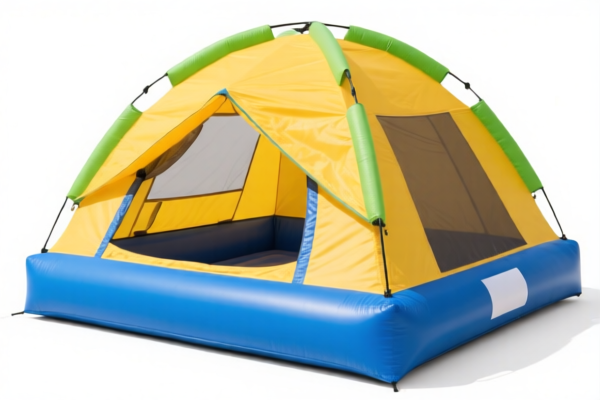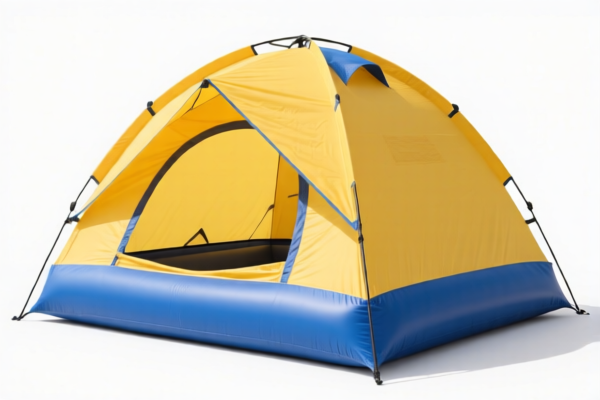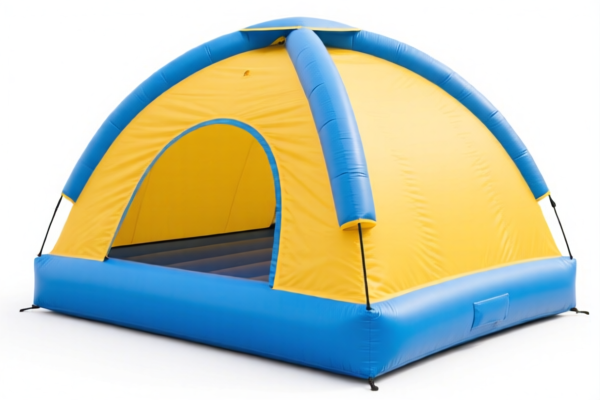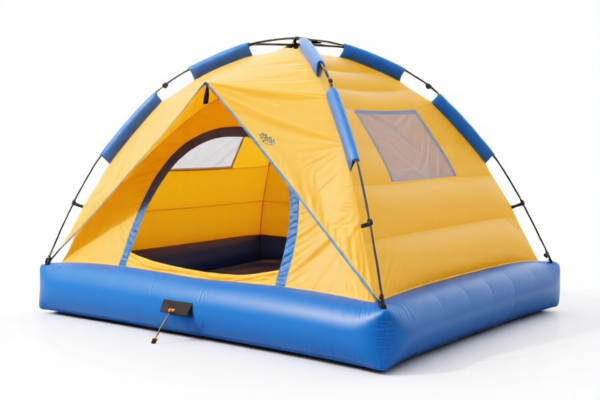| HS Code | Official Doc | Tariff Rate | Origin | Destination | Effective Date |
|---|---|---|---|---|---|
| 9406900190 | Doc | 82.9% | CN | US | 2025-05-12 |
| 3926907500 | Doc | 34.2% | CN | US | 2025-05-12 |
| 3901901000 | Doc | 55.0% | CN | US | 2025-05-12 |




Okay, let's break down the HS codes and tax implications for your "INFLATABLE TENT" declaration. Here's a structured analysis to help you understand the classification and potential costs:
Understanding HS Codes – A Quick Primer
HS codes (Harmonized System codes) are internationally standardized codes used to classify traded products. The first two digits generally indicate the chapter, the next two the subheading, and so on. More specific the code is, the more accurate the tariff will be.
1. HS Code: 9406.90.01.90 – Prefabricated Buildings (Other)
- 94: Furniture; bedding, mattresses, support, cushions, similar stuffed furnishings; lamps, lighting fittings, illuminated signs, prefabricated buildings. (This chapter covers a broad range of items related to furniture and building structures.)
- 06: Prefabricated buildings. (This narrows it down to structures built off-site.)
- 90: Other. (This indicates it doesn't fall into more specific categories within prefabricated buildings.)
-
01.90: Further specifies the "other" category.
Tax Implications: * Basic Duty: 2.9% * Additional Duty: 25.0% (Currently) * Post April 2nd, 2025: Additional Duty increases to 30% for steel and aluminum products. * Total Tax: 82.9%
Important Note: Since this code is for "Prefabricated Buildings," it's crucial to confirm if your inflatable tent is truly considered a building structure. If it's more of a temporary shelter or recreational item, this might not be the correct classification. The material composition is also important.
2. HS Code: 3926.90.75.00 – Other articles of plastics and articles of other materials (Pneumatic mattresses and other inflatable articles)
- 39: Plastics and articles thereof. (This chapter covers items made from plastic.)
- 26: Other articles of plastics and articles of other materials. (This narrows it down to plastic items not specifically covered elsewhere.)
- 90: Other.
-
75.00: Pneumatic mattresses and other inflatable articles, not elsewhere specified or included. (This is a more specific classification for inflatable items.)
Tax Implications: * Basic Duty: 4.2% * Additional Duty: 0.0% (Currently) * Post April 2nd, 2025: Additional Duty increases to 30%. * Total Tax: 34.2%
This is likely the most appropriate HS code for a standard inflatable tent. However, the material composition is still important. If the tent contains significant amounts of non-plastic materials (e.g., metal frames), this code might not be accurate.
3. HS Code: 3901.90.10.00 – Polymers of ethylene, in primary forms (Elastomeric)
- 39: Plastics and articles thereof.
- 01: Polymers of ethylene, in primary forms. (This refers to the raw plastic material used to make the tent.)
- 90: Other.
-
10.00: Elastomeric. (Specifies a type of plastic.)
Tax Implications: * Basic Duty: 0.0% * Additional Duty: 25.0% (Currently) * Post April 2nd, 2025: Additional Duty increases to 30%. * Total Tax: 55.0%
This code applies to the raw plastic material used to make the tent, not the finished product itself. You wouldn't use this code for the complete inflatable tent.
Recommendations & Key Considerations:
- Material Composition: Crucially, provide a detailed breakdown of the materials used in your inflatable tent (plastic type, metal content, fabric content, etc.). This will help determine the most accurate HS code.
- Intended Use: Is the tent for recreational use, camping, emergency shelter, or something else? This can influence the classification.
- Single vs. Multiple Materials: If the tent is made of multiple materials, the classification can be complex. You might need to classify each component separately.
- April 2nd, 2025 Changes: Be aware of the upcoming changes in additional duties, especially if your tent contains steel or aluminum.
- Certification: Depending on the intended use and destination country, you might need specific certifications (e.g., safety standards, flammability tests).
- Declare the single: If you are importing the raw material and the finished product, declare them separately.
To help me narrow down the best HS code for your specific situation, please provide the following information:
- Detailed material list (percentages of each material).
- A clear description of the tent's intended use.
- A picture of the tent (if possible).
Disclaimer: I am an AI assistant and cannot provide definitive customs advice. This information is for general guidance only. You should always consult with a qualified customs broker or import specialist for accurate classification and compliance information.
Customer Reviews
No reviews yet.